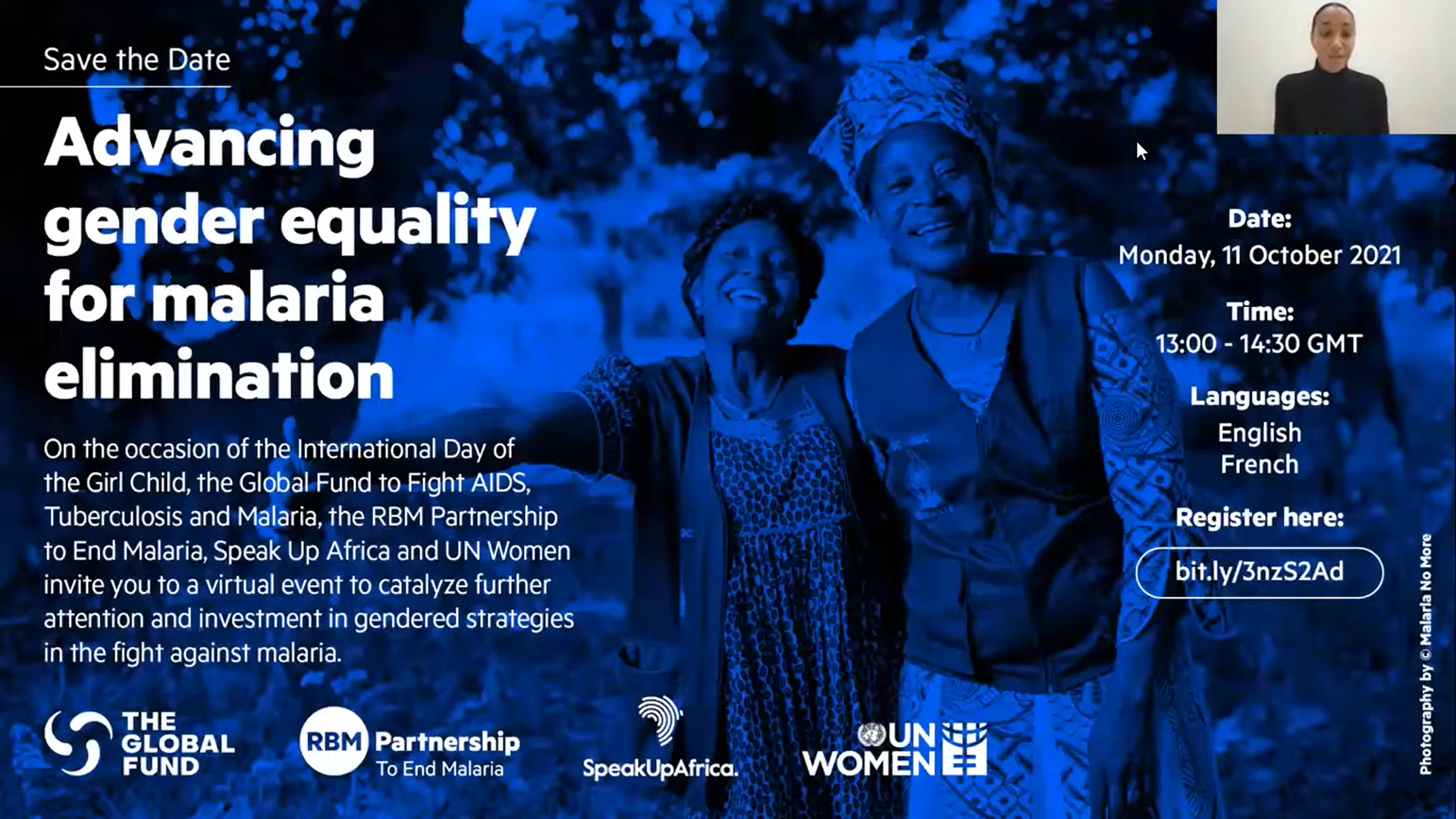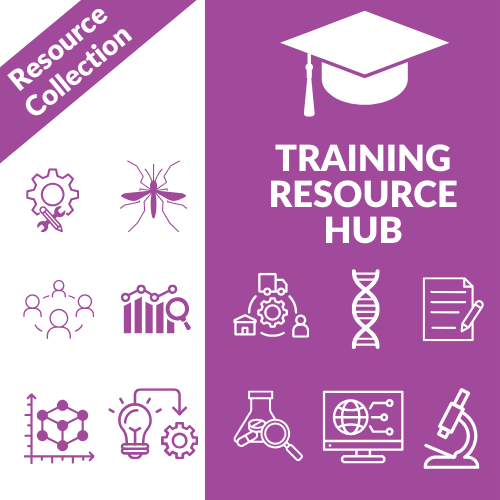Last Updated: 01/09/2025
Malaria Elimination Task Force
Objectives
The overall goal of the project is to decrease the prevalence of clinical and sub-clinical P. falciparum infections in a defined area where artemisinin resistance has been documented (control activities) and then to proceed with elimination of the parasite reservoirs (elimination activities).
This is achieved using the key strategies identified in the Global Fund’s Regional Artemisinin Initiative Inter Countries Component (RAI-ICC) Call for Proposals and will demonstrate their effectiveness for deployment elsewhere in Myanmar where artemisinin resistance is confirmed.
The strategy relies on several pillars:
- Dynamic mapping of the whole area: all villages’ GPS coordinated recorded, and basic information on demography, accessibility, etc. recorded;
- establishment of a Malaria Post in all villages of the 4 townships, and set up a system allowing a basic set of weekly data to be reported in near real time;
- evaluation of the sub-microscopic malaria parasites reservoir through random qPCR surveys throughout the whole intervention area;
- treatment of the places where a high P. Falciparum prevalence has been identified through Targeted Mass Treatment (TMT), after villagers acceptance has been obtained through Community Engagement meetings and activities);
- follow up of resistance to ACT molecular markers and follow up of the vector population and behaviour, in order to test and evaluate adapted vector control complementary strategies;
- Follow the entomology indicators: vector species present, their habits and behaviour, through mosquito catchings performed in hotspot villages at baseline and 12 months after intervention. Mosquito control activities are also assessed as a complement to intervention (such as Outdoor Residual Spraying).
Drug Resistance
Drug-based Strategies
Impact of Interventions
Operational Research
Social Science
Surveillance
May 2014 — Dec 2018


